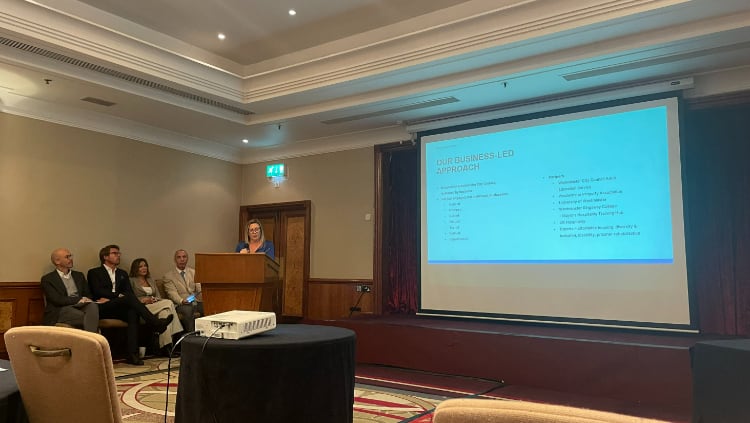This comes as figures released by the Office for National Statistics (ONS) yesterday (Tuesday 11 October) revealed the UK’s employment rate between June and August 2022 was 75.5% (0.3 percentage points) lower than the previous quarter (March to May 2022).
However, while the employment rate was one percentage point lower than before the pandemic, the data from ONS also showed from July to September 2022, the estimated number of vacancies had fallen by 46,000 on the quarter to 1,246,000, the largest quarterly fall since June to August 2020.
UKH chief executive Kate Nicholls said: “Hospitality businesses have taken significant steps to attract new employees with higher wages, attractive training and development opportunities and flexible working practices, and this drop in vacancy numbers shows this work is beginning to pay off.
Recruitment challenges
“Despite this decrease, there are still significant vacancies, stifling our ability to drive growth. There is still work to do and we continue to hear from businesses about how recruitment challenges are putting the brakes on recovery.”
Even with three consecutive quarterly falls, the number of vacancies in the UK remained at historically high levels.
While the unemployment rate for the period decreased by 0.3 percentage points on the quarter to 3.5%, the lowest rate since December to February 1974, the number of people unemployed for between six and 12 months increased on the quarter.
Furthermore, despite decreases in short-term (up to 6 months) and long-term (more than 12 months) unemployment, the number of unemployed people per vacancy fell to a record low.
Drive economic growth
Additionally, the economic inactivity rate increased by 0.6 percentage points to 21.7% from June to August 2022, compared with the previous quarter, largely driven by those aged 50 to 64 years and those aged 16 to 24 years.
Looking at economic inactivity by reason, the quarterly increase was driven by a record high number of those not working due to long-term sickness or because they were students.
Moreover, average regular pay growth hit 6.2% for the private sector and 2.2% for the public sector, though once adjusted for inflation in real terms, total pay fell by 2.4% and regular pay fell by 2.9% during this period.
Nicholls added: “Steps from Government such as ensuring skills and recruitment initiatives are open to all sectors, a comprehensive employment and skills strategy, and making the Skilled Worker Visa route more streamlined and affordable would be significant in realising hospitality’s potential to drive economic growth and value to the economy.”





